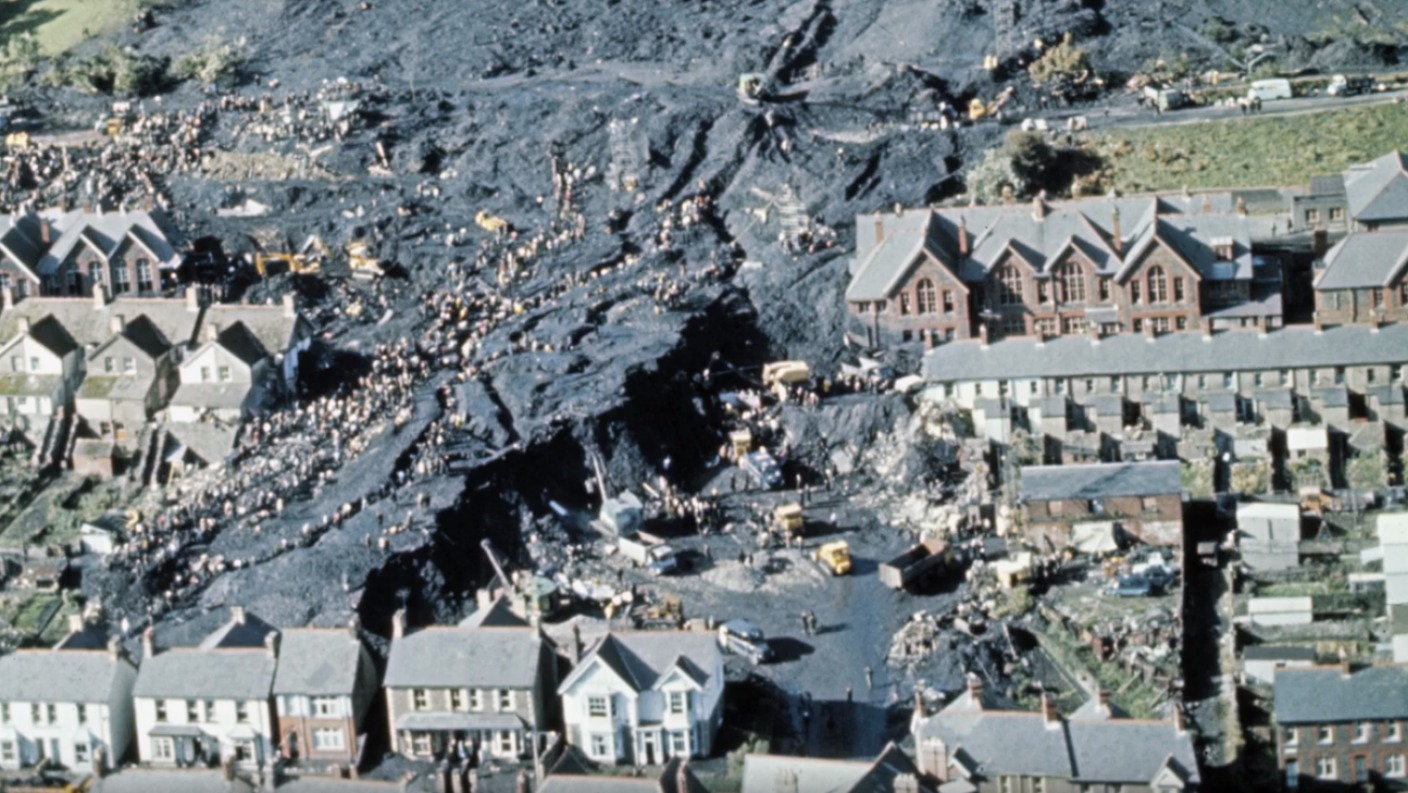Aberfan Disaster: The Tragedy Of 1966
Could a mountain of waste ever become a weapon of mass destruction? On October 21, 1966, the unthinkable happened in the Welsh village of Aberfan: a towering colliery spoil tip, a man-made mountain of coal waste, collapsed, engulfing Pantglas Junior School and a row of houses in a torrent of black slurry. The world watched in horror as a generation was buried alive.
The morning of October 21st dawned like any other in Aberfan. Nestled in the Taff Valley, four miles south of Merthyr Tydfil, this small mining community was accustomed to the looming presence of the coal tips. But this day held a terrifying secret. Saturated by days of heavy rain, Tip No. 7, a colossal heap of mining debris perched precariously on a mountain slope above the village, lost its fragile hold. At 9:15 a.m., a landslide of unimaginable proportions nearly 140,000 cubic yards of liquefied coal waste cascaded down the mountainside, engulfing everything in its path. Pantglas Junior School, where children were just beginning their lessons, took the brunt of the impact. The classrooms were instantly inundated, the joyous sounds of childhood abruptly silenced.
| Aspect | Details |
|---|---|
| Date of Disaster | October 21, 1966 |
| Location | Aberfan, Wales, United Kingdom |
| Cause | Collapse of Colliery Spoil Tip No. 7 |
| Death Toll | 144 (116 children, 28 adults) |
| Memorial Fund | Aberfan Disaster Memorial Fund (1.75 million raised) |
| Tribunal Findings | National Coal Board held responsible |
| Further Information | BBC News - Aberfan Disaster |
The scale of the tragedy was almost incomprehensible. Rescuers, many of them local miners, worked tirelessly, desperately digging through the thick slurry with their bare hands, hoping to find survivors. But as the hours passed, hope dwindled. The images of the devastated village, the mud-caked toys and schoolbooks strewn amidst the debris, became seared into the nation's memory. The Aberfan disaster became a symbol of unimaginable loss and the devastating consequences of industrial negligence.
The Queen, deeply affected by the tragedy, waited eight days before visiting Aberfan, a decision that later drew criticism. However, her evident grief and empathy resonated with the bereaved families. The disaster fund, established in the immediate aftermath, received an outpouring of support, becoming one of the largest ever raised in the UK, second only to the Princess Diana Memorial Fund. Yet, no amount of money could truly compensate for the lives lost or the scars that remained.
The subsequent tribunal, appointed to investigate the disaster, placed the blame squarely on the National Coal Board (NCB), exposing a culture of complacency and a disregard for safety regulations. The tips, built on unstable ground above a natural spring, had been a disaster waiting to happen. Despite previous warnings and a minor slippage on Tip No. 7 a few years prior, no action had been taken. The Aberfan disaster became a turning point in industrial safety regulations, forcing a re-evaluation of mining practices and a renewed focus on protecting communities living in the shadow of industry.
Fifty-eight years later, the memory of Aberfan still casts a long shadow. The community has rebuilt, but the scars remain. The Aberfan Disaster Memorial Garden, a poignant tribute to the victims, stands as a reminder of the fragility of life and the enduring power of grief. The story of Aberfan is more than just a historical event; it is a testament to the resilience of the human spirit and a stark warning about the devastating consequences of neglecting safety and prioritizing profit over people.
The disaster, broadcast live into homes across the country, had a profound impact on public consciousness. It sparked a national debate about industrial responsibility and the need for greater accountability. The harrowing images of the rescue efforts, the grief-stricken families, and the mud-covered village became etched into the collective memory of a nation. The Aberfan disaster was a watershed moment, a tragedy that forced Britain to confront the human cost of industrial progress.
The Aberfan disaster was not an act of God, but a man-made catastrophe. It was the consequence of negligence, a failure to heed warnings, and a disregard for the safety of a community living in the shadow of industrial waste. The legacy of Aberfan is a reminder that vigilance and accountability are essential, especially when the lives of innocent people are at stake. The story of Aberfan must never be forgotten.


